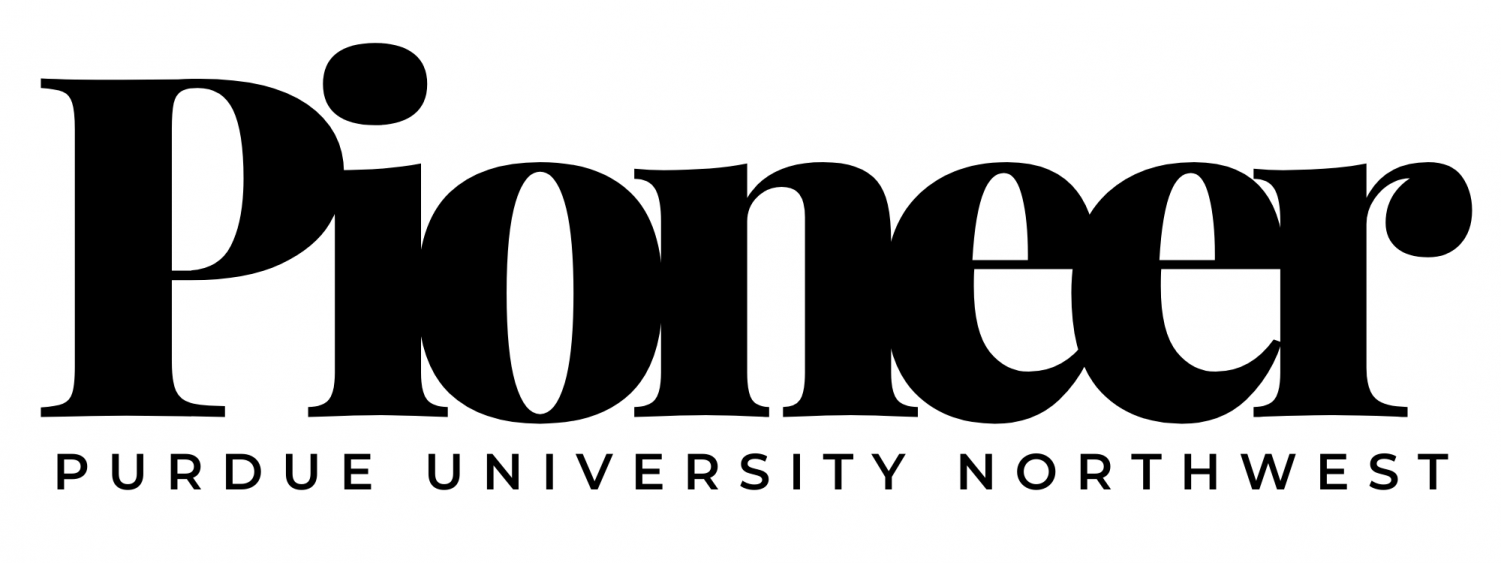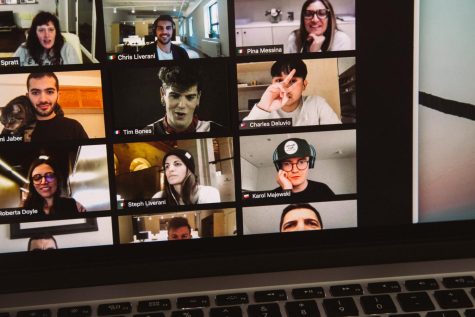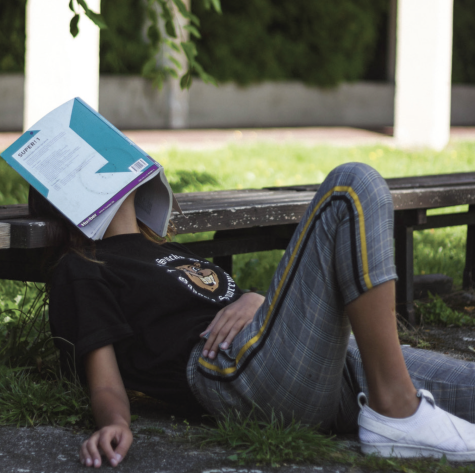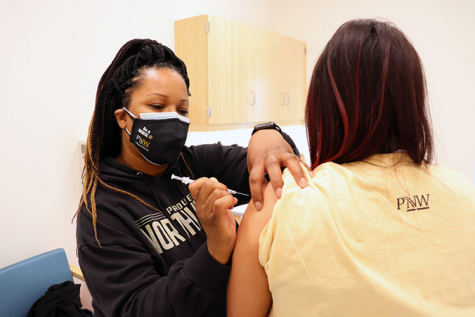Chancellor Keon discusses state of PNW amid pandemic
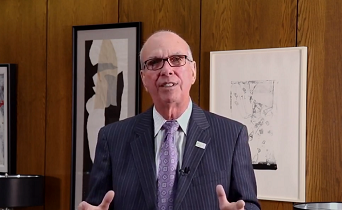
PNW administrators know COVID-19 is having an impact on students, but they are still trying to understand how great an impact.
“The impact on the university has been major in the sense that it put a total disruption on face-to-face learning,” said Chancellor Thomas L. Keon. “Students have done their best to finish out the semester using other means of delivery for materials.”
The influence on student grades and attendance will be clearer when the registrar finalizes records in coming weeks.
“As best we can tell, we didn’t have a very large number of drops as relative to normal, but we did have some students opt to do pass or fail as opposed to getting a letter grade,” said Keon.
Before the national spread of the virus in January and February, the university was experiencing a revenue shortfall and began making adjustments to courses to get through this fiscal year soundly. The total operating budget approved by trustees for Fiscal Year 2020 was $159.1 million.
The university will seek cuts of more than $2.7 million during Fiscal Year 2021, which starts on July 1.
“Next fiscal year is what the whole university has been working on about the last six weeks,” said Keon. “These are cuts for anticipation for an enrollment drop next year, Fall 2020.”
It is unclear how large the enrollment decline will be, so PNW administrators are developing plans for different scenarios.
“A lot of universities are struggling to understand what enrollments are looking like for the fall,” Keon said. “Rather than trying to make a haphazard guess, all of the universities within the Purdue system have looked at multiple scenarios. A 10%, 15% and 20% decrease in the student population [is] to be prepared for all cases.”
Administration and faculty have been meeting frequently via Zoom to discuss these possibilities and adjustments.
“The senior leadership met with the faculty senate budget committee about three weeks ago and we have another meeting with them next week to go over some of our ideas for what we might do should the enrollment drop,” he said. “When you have a large drop in enrollment you lose a lot of different kinds of income.”
In the coming weeks, the university will share information about its adjustments.
“For example, I’m reducing my small part of the university by four people,” said Keon.
Decisions made on cuts are being worked out in collaboration with faculty.
“We have worked with faculty that are already thinking about retiring and giving them a little bit extra in their retirement for the next couple years to cover them to go ahead and retire now,” he said.
Two of the largest financial losses will take place this summer.
“The cancellation of the summer camps offered by athletics for men and women of all sports, grades k-12 will be a loss suffered,” Keon said. “As [will]… the cancellation of the English as a second language program offered by the International Office to international students. That will be a loss of revenue of almost a half million dollars.”
To lessen the loss, expenses associated with these programs will be cut.
“The loss of international students we assume will be for the next three years, so we’re making some adjustments and correcting expenses that we will no longer need. For example, we used to hire people to teach in the English as a second language program so we will not be rehiring them,” said Keon.
Even with all of the cuts and changes, PNW is still hiring new, specialized faculty.
“This should not affect our plans of being a metropolitan university,” said Keon. “One of the things we wanted to do was branch into more healthcare-related majors and we have a new faculty member coming in the fall to help with that. We are still moving forward with our plan,” said Keon.
To ensure a safe return of all faculty and students in the fall, a wellness return to campus committee was created roughly recently. The committee is composed of a mix of people including the incoming chair of faculty senate, academic administration and the head of the building and grounds staff.
“They are looking at the return of our staff in July, as well as things we need to do for the return of students in the fall,” he said. “The biggest concern for us is keeping faculty and staff protected. Students are younger and have not been as susceptible.”
Making corridors and doors one-way is one solution offered by the university to try at keeping contact minimal.
“West Lafayette has a similar committee and we are able to share the information that West Lafayette is developing as well. We will have a whole protocol before fall semester starts if we are able to do some face-to-face learning in the fall,” said Keon.
As of now, there is no decision about whether students will be returning online or in person for the fall.
“We start in late August so I’m hoping by mid-July we can make a definite plan on whether it will be a combination, all online or face-to-face,” said Keon.
Building out what each of these scenarios would look like and their success is what’s currently being discussed by administration and faculty.
“About six weeks ago I told all faculty that they should consider the possibility of teaching their classes online and to be prepared to do so if necessary,” he said. “If we do face-to-face instruction, we’ve thought about changing the way we deliver instruction as far as the times of days or days of week so we can reduce the number of people in a building or classroom at a time.”
One thing Keon is confident about: PNW will be dealing with COVID-19 fallout for several years.
“Over the next two or three years it will be like hitting a bump in the road, things won’t go quite as fast and we’re going to have to approach everything cautiously,” said Keon.

